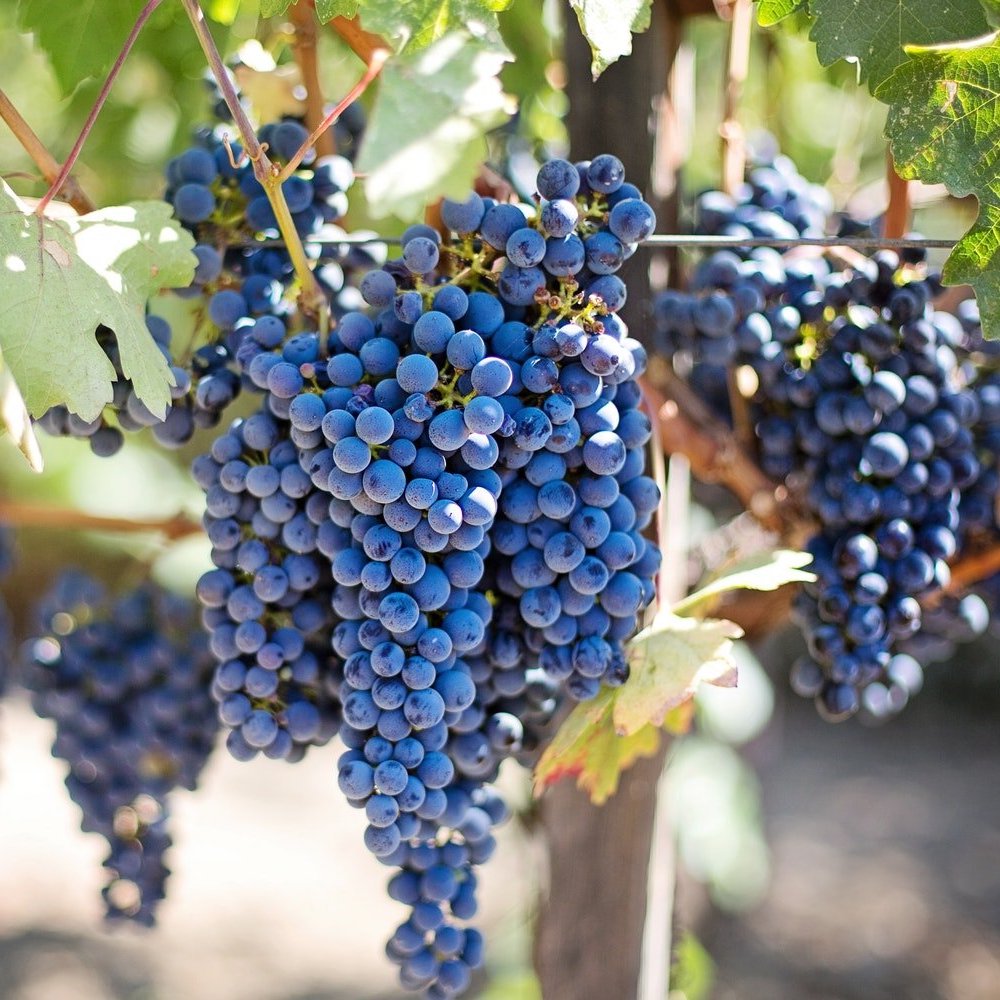Your basket is empty
Already have an account? Log in to check out faster.
Already have an account? Log in to check out faster.
Adanti counts among the small handful of artisan wineries that resuscitated the Sagrantino grape and the Montefalco region in the mid-20th century. Founded in 1972, Domenico Adanti purchased and renovated an old Celestine Monastery in Arquata and quickly got to work revitalizing the abandoned vineyards that surrounded the property. By the late 1970s, Adanti approached his good friend Alvaro Palini, who was working as a tailor in Paris, to supervise winemaking.
While untrained, Palini had an excellent palate and carried tremendous respect for his native Umbrian terroir. This allowed him to excel and bottle classically styled Sagrantino-based wines for Adanti. Palini took several of the techniques he observed while living in France and applied them to the difficult Sagrantino. He reduced yields to maximize ripeness and mastered his maturation regimen, employing extended aging in large Slavonian oak botti, to help lead the charge among this new dry Sagrantino category. Palini was also among the first to plant Cabernet Sauvignon and Merlot in the region, which continue to feature in Adanti’s Montefalco Rosso wines.
Today, Adanti is helmed by the second and third generations, led by Domenico’s daughter and granddaughter Daniela and Stella. They operate 30 hectares of vineyard, which they farm organically and harvest by hand. Adanti has also installed solar panel at the winery to continue their sustainability efforts into the vinification process.
The landlocked Umbria beats at the heart of Italy. At the dead center of the Italian Peninsula, it is surrounded by such titans as Tuscany to the north and west, Lazio (which includes Rome) to the south, and the Marche to the east. While Umbria borrows much culturally from their Tuscan neighbors, this mountainous region, sitting on the spine of the Apennines, celebrates its own heritage and unique traditions. A religious stronghold, home to Saint Francis of Assisi, Umbria is rich in gastronomy—yielding prized black truffles and saffron, as well as a distinctive portfolio of wines.
Montefalco sits near the middle of Umbria and is the region’s most famous red wine territory. The earliest evidence of winegrowing in Montefalco traces to 1088, and documents scattered across the next few centuries in the Middle Ages and early Renaissance detail various legal protections afforded to viticulture. In 1622, the local cardinal decreed the death penalty as punishment for anyone who cut down a vine.
For the near entirety of its history, Montefalco produced sweet red wines made from dried grapes. These can still be experienced today with the singular Sagrantino Passito category. The grape is, however, challenging to tame and lays claim to being the most tannic of any variety in the world. Nevertheless, beginning in the 1960s, the region began to experiment with dry winemaking from Sagrantino, which, at this point, faced the precipice of extinction. Spearheaded by the efforts of Marco Caprai, these dry Sagrantino wines created a modern identity for Montefalco and gave new birth to the variety.
The Montefalco denomination today follows the geological boundaries of fluvial deposits formed by the Bastardo Basin two million years ago. More continental than neighboring Tuscany, the region experiences cold winters and beneficially increased rainfall that aids Sagrantino in the vineyard. In addition to monovarietal Sagrantino, Montefalco Rosso blends the grape with Italy’s signature Sangiovese to yield wintery, but more approachable red wines. White wines are also crafted from Trebbiano Spoletino and Grechetto.

